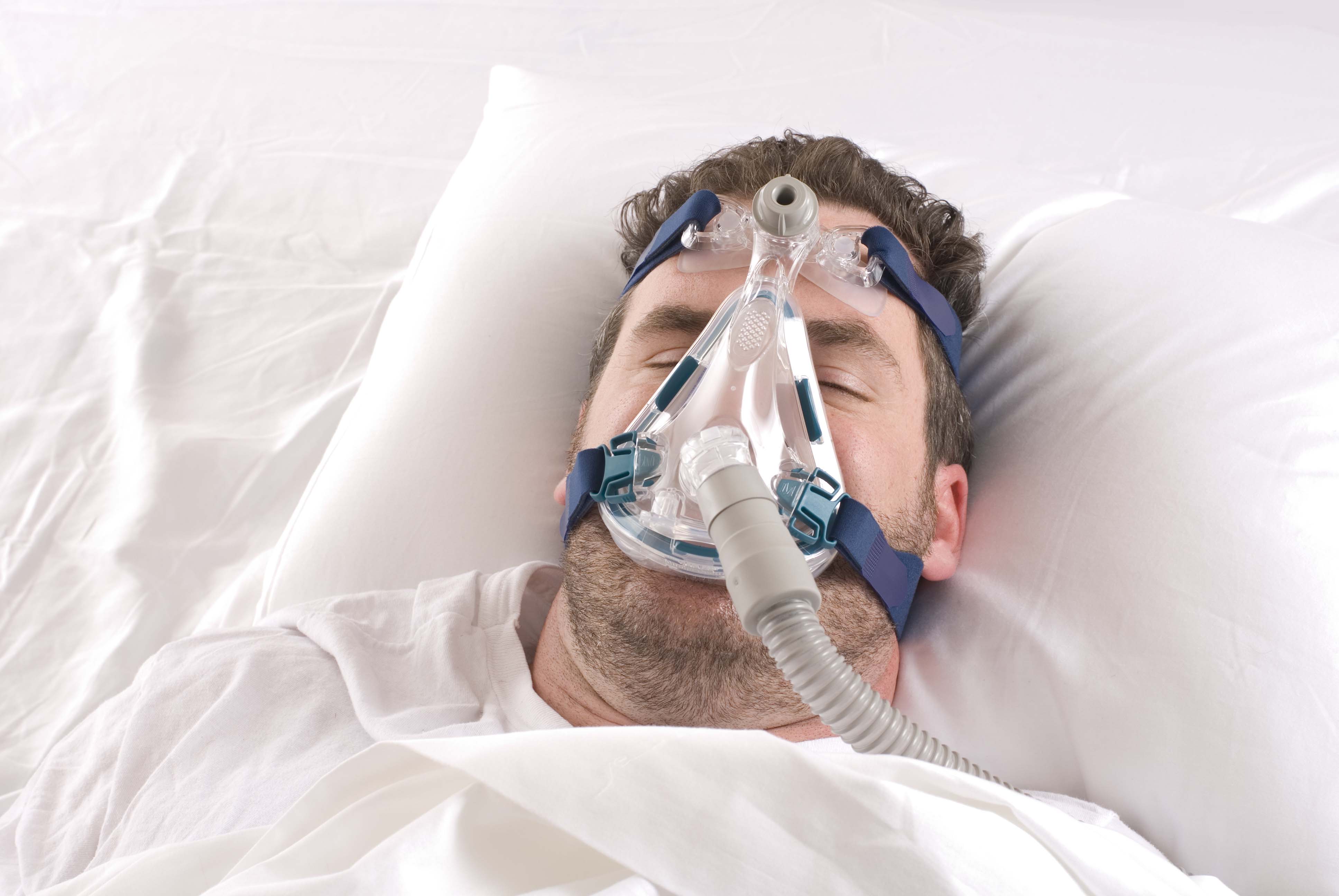Is Sleep Apnoea a Risk Factor for COVID?
In an expert interview in Pulmonology Advisor Toni Rodriguez investigates whtere sleep apnoea is a potential risk factor for COVID-19.
In the context of coronavirus disease 2019 (COVID-19), underlying health conditions such as lung disease, diabetes, hypertension, and cardiovascular disease confer an increased risk of infection and associated adverse outcomes including admission to the intensive care unit (ICU) and death. Additionally, the authors of several recently published papers have proposed that obstructive sleep apnea (OSA) may represent another important variable contributing to increased risk related to COVID-19.1,2
In 2 small studies of individuals admitted to the ICU with confirmed COVID-19, researchers reported that OSA was present in 21.0% and 28.6% of patients, respectively.3,4 Such findings suggest that OSA “could potentially contribute to worsening hypoxemia and the cytokine storm that occurs in COVID patients,” wrote the authors of an article published in the Journal of Clinical Sleep Medicine (JCSM).2
However, the mechanisms potentially linking to OSA to worse outcomes in COVID-19 remain to be identified, according to coauthor Atul Malhotra, MD, a board-certified pulmonologist, intensivist, professor of medicine, and research chief of pulmonary, critical care, and sleep medicine at the University of California, San Diego School of Medicine. “Some studies have suggested that sleep apnea is a risk factor for pneumonia, and sleep deprivation — even without sleep apnea — has been associated with risk of developing pneumonia and with impaired response to vaccinations,” Dr Malhotra noted.5,6
One area that warrants special attention in future research is the role of the immune system in OSA, and there is a need for additional investigation regarding the benefits of OSA treatment from the standpoint of respiratory infection, noted Dr Malhotra. “Trying to separate the effects of obesity, diabetes, and sleep apnea will likely require interventional studies — these can be difficult to differentiate since they are all correlated.”

